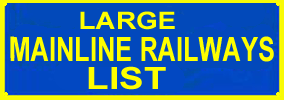 |
'Wagons1'
NYMR page 18
|
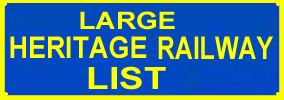 |
Open Wagons
21T steel Hopper wagon B 431861
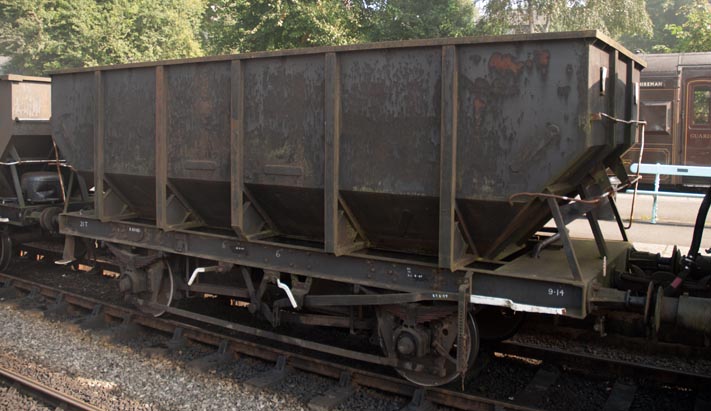
21T steel Hopper wagon B 431861 at Grosmount station on the North Yorkshire Moors Railway
21T steel hopper wagon E 307005
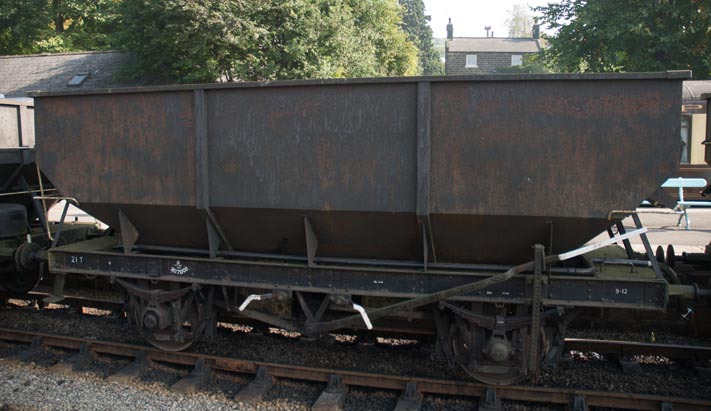
21T steel hopper wagon E 307005 at Grosmount station on The North Yorkshire Moors Railway
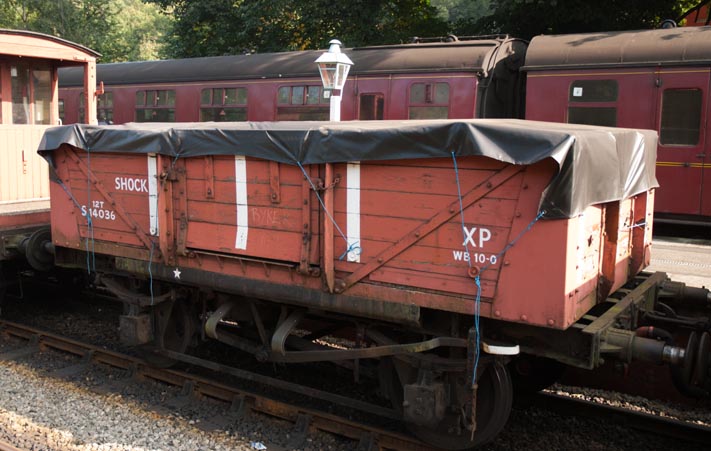
Open Shock wagon S14036 at Grosmount on the North Yorkshire Moors Railway.
This wagon has a tarpaulin over the wagon
These Shock wagons had large springs on each side (there is a spring under the centre door with the later cover over it)The idear was to help with the shocks, when, hard shunting was undertaken, when breakable or fragile cargo was being carried. The wooden wagon body is a little shorter than the under frame .The three white stripes on the side, as well as the ends were also on covered van Shock wagons so you could tell it was a shock wagon.
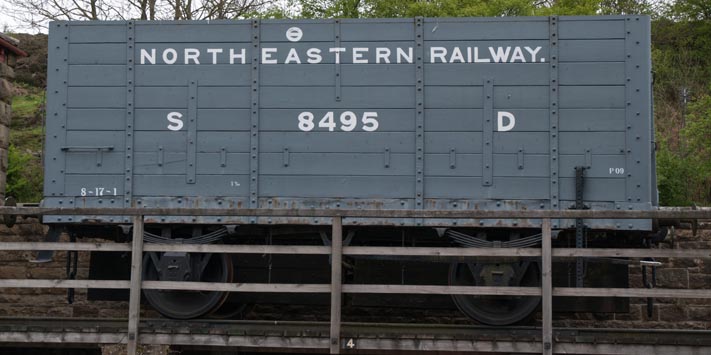
North Eastern Railway wagon number 8495 at Goathland station on The North Yorkshire Moors Railway
| Open wagons steel | Covered Vans | Tank wagons |
| 21T steel Hopper wagon B 431861 | 12T covered van B762112 | United Molasses tank Wagon no6 |
| 21T hopper wagon E 307005 | 12T covered Shoc Van B 853043 | ESSO tank wagon 2716 |
| Open Wagons wood | Gunpowder covered van 7T M288824. | page3 |
| Open Shock wagon S14036 | Covered 12T van B753473 | BRAKE VANS |
| North Eastern Railway number 8495 | LMS 20T brake van M732170 | |
| page0ne | page2 | Goods Brake Van B954854 |
The very slow pick up freight, stopping at small way side stations are long gone. Todays airbraked trains of long wheel base wagons can now do 60mph. These freights are now in block trains.
The local pick freight would pick up one wagon from a small wayside station. This train took the wagon to a larger freight yard. The wagons were then shunted onto to another freight train to another yard, were it would then be shunted into another pick freight. This traffic was slow. These trains used wagons that had change little over the years. It often took days to get from A to B.
Coal oil and fish and livestock plus parcels newspapers and mail were all moved by rail plus ever sort of cargo that day goes by road. Moving cargos like coal and iorn ore was why the railways were opened. The roads were often only muddy tracks when the railway first opened. Trains to carry people came later. Saving wagons is just as important as locomotives.
This website is Ukrailways1970tilltoday.me.uk it is on railways but it is not just on trains but all things railways, with photos, which I have taken from the 1970s till now. I take photos of all things railways, steam diesel and electric trains, signal boxes, wagons any thing that is on the National Rail network, which was BR when I started taken photos.